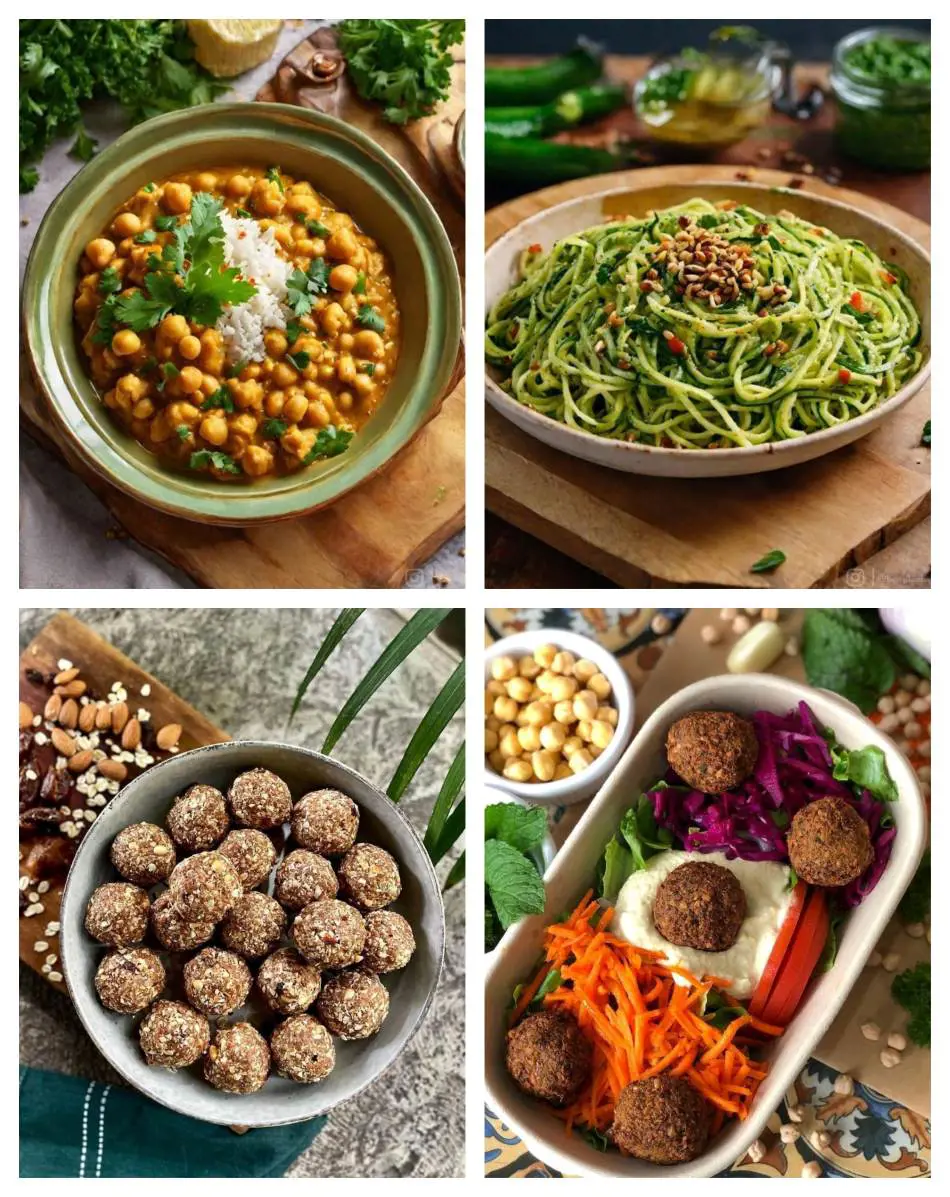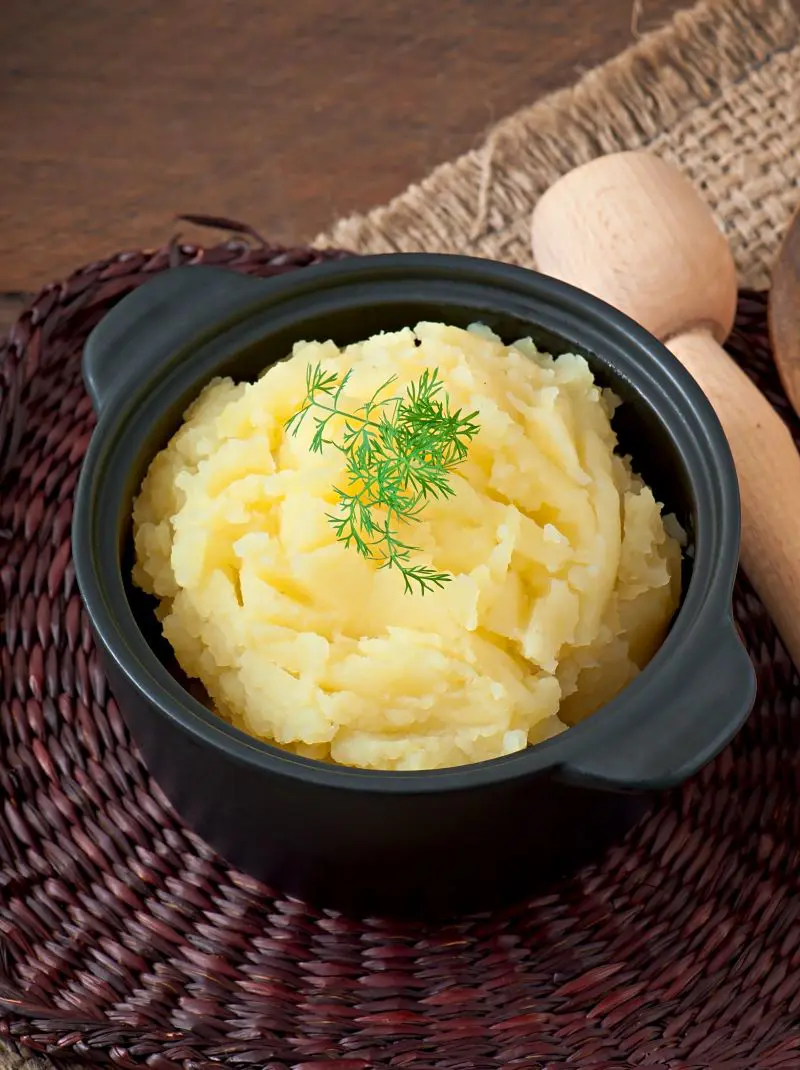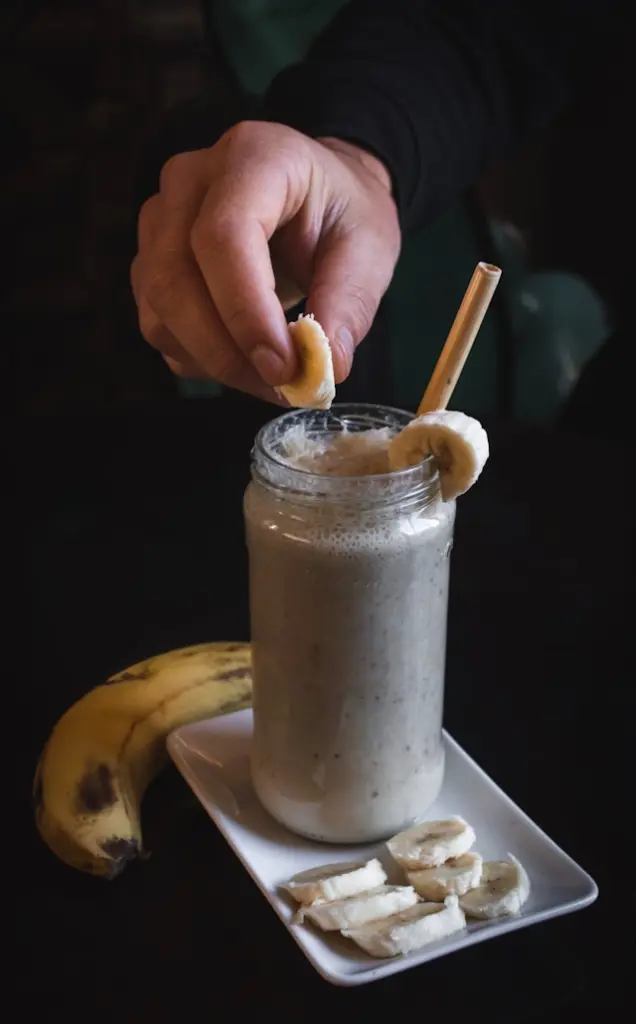20 Foods High In Estrogen
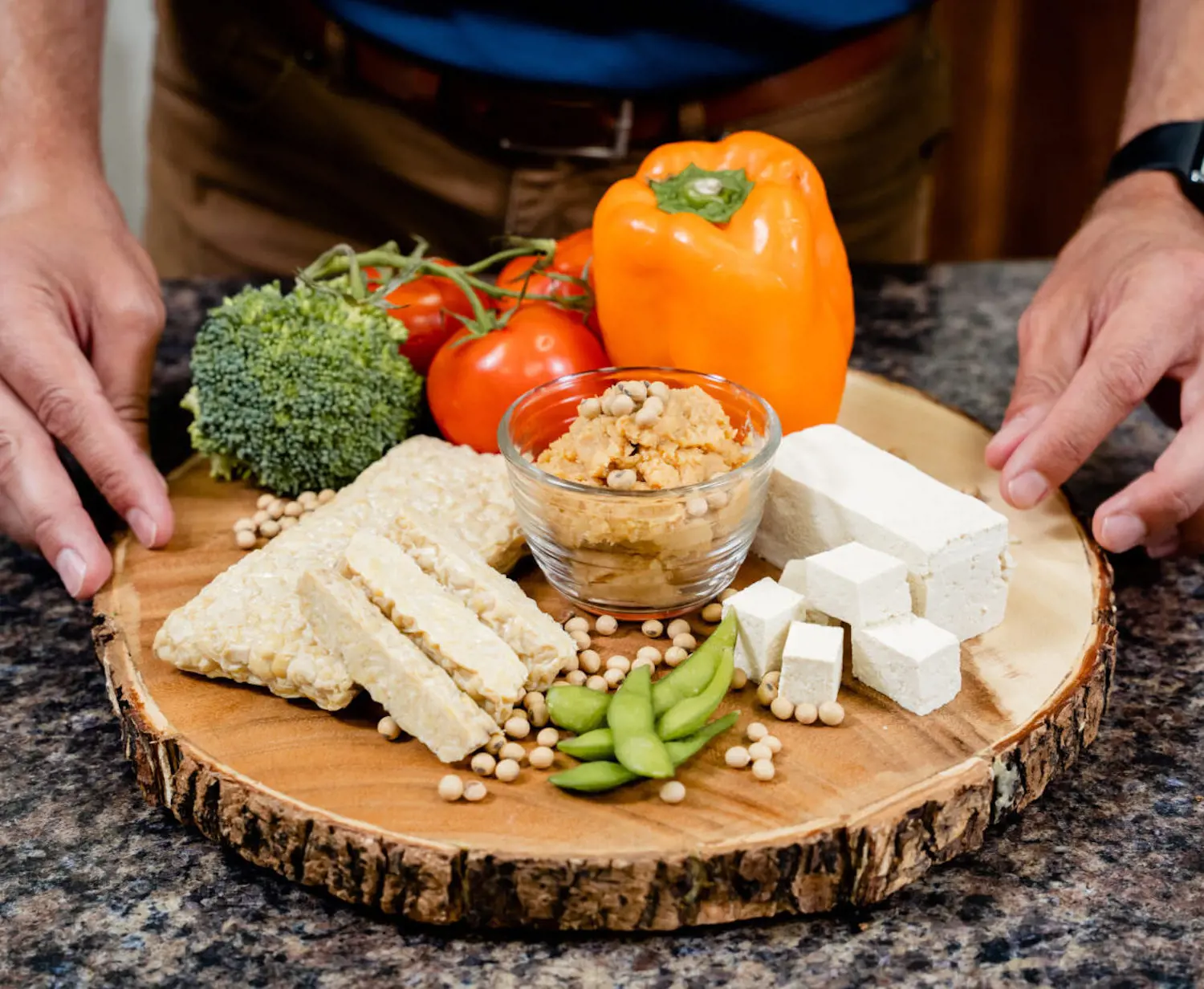
Estrogen is a hormone primarily produced in the ovaries of females, although it is also present in smaller amounts in males. It plays a crucial role in the development and regulation of the female reproductive system and secondary sexual characteristics.
Estrogen in food occurs in the form of phytoestrogen, which is found in different plant-based foods. It's important to note that while these foods contain phytoestrogens, the actual effect on estrogen levels in the body may vary depending on individual metabolism and consumption amounts.
1. Soybeans
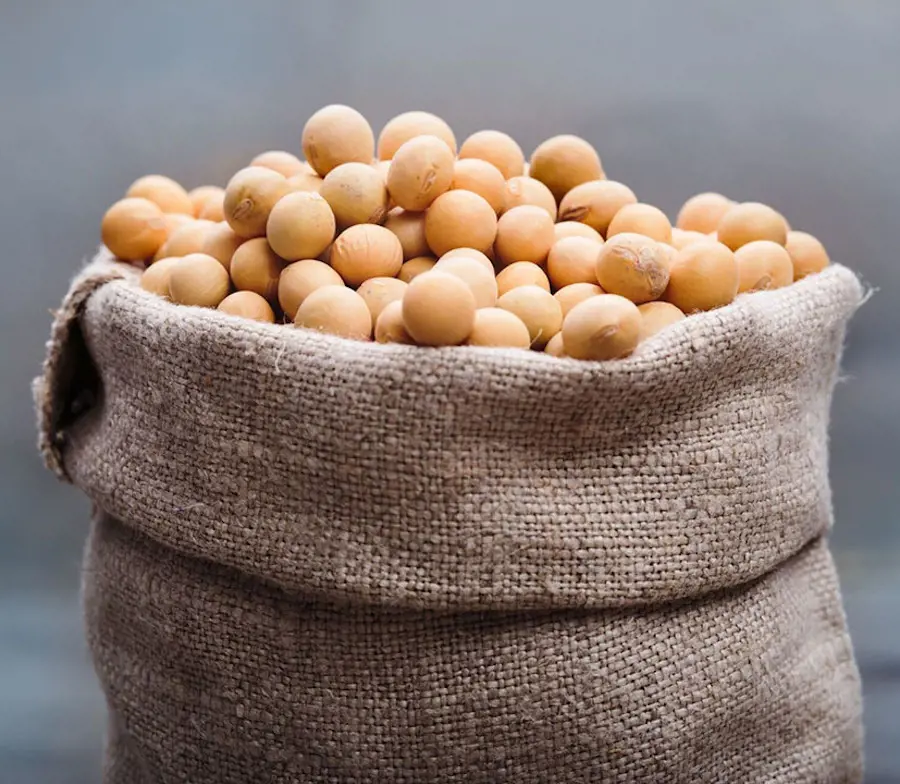
Phytoestrogens are plant-based compounds that possess a similar structure to the hormone estrogen and can mimic its effects in the human body. Soybeans contain a type of phytoestrogen known as isoflavones, with genistein and daidzein being the most abundant. This makes soybeans a potentially valuable dietary addition for individuals seeking natural alternatives to hormone replacement therapy.
The consumption of soybeans and soy-based products has been associated with various health benefits. These are usually rich in other minerals and vitamins as well.
2. Tofu
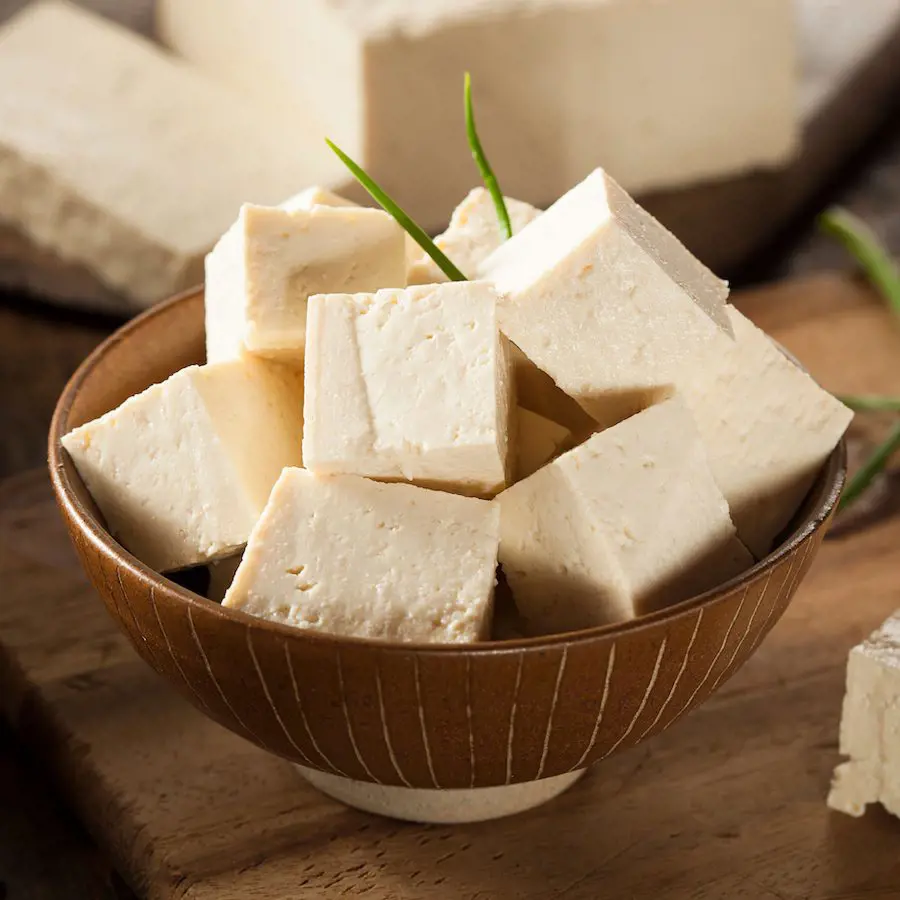
Tofu is a popular soy-based food so like soybean, it also contains phytoestrogens like isoflavones. These can bind to estrogen receptors in the body. This can lead to weak estrogenic effects and potentially have a positive impact on women's health.
Some studies suggest that consuming tofu and other soy products may help reduce the risk of certain hormone-related conditions like breast and ovarian cancers, osteoporosis, and menopausal symptoms. However, it is crucial to note that the estrogenic effects of tofu are significantly weaker than those of natural estrogen or hormone replacement therapy.
3. Tempeh

Tempeh is a traditional Indonesian food made from fermented soybeans that is popular as a plant-based protein source. Besides its nutritional composition, tempeh is also known for its potential as a source of estrogen-like compounds.
Phytoestrogens found in tempeh have been associated with reduced hot flashes and improved bone health in menopausal women. They may also have a protective effect against hormone-dependent cancers, such as breast and prostate cancer.
4. Edamame
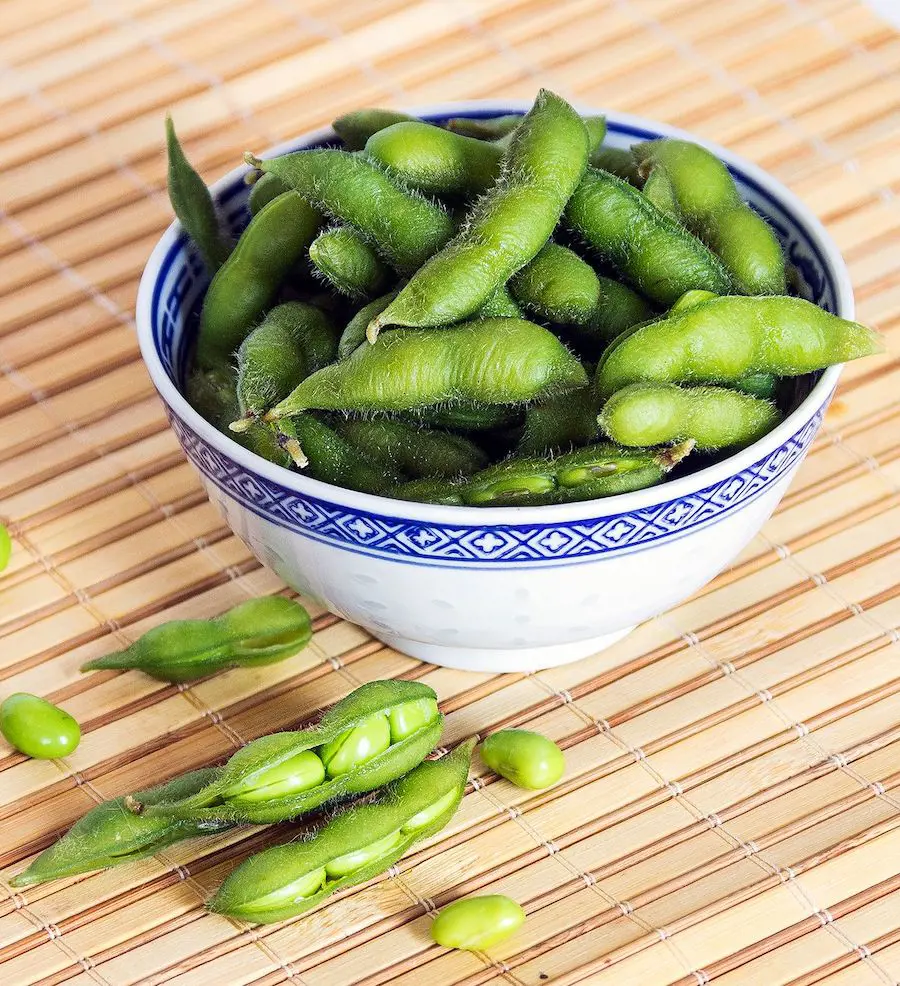
Edamame are young soybeans either steamed or boiled. These have a similar nutritional composition to ripe soybeans. The phytoestrogens found in this plant serve a similar function to those found in other soy-based products.
Besides phytoestrogens, edamame is also rich in protein and other essential vitamins and minerals. Since they are soft, these are easier to eat and incorporate into other recipes.
5. Flaxseeds
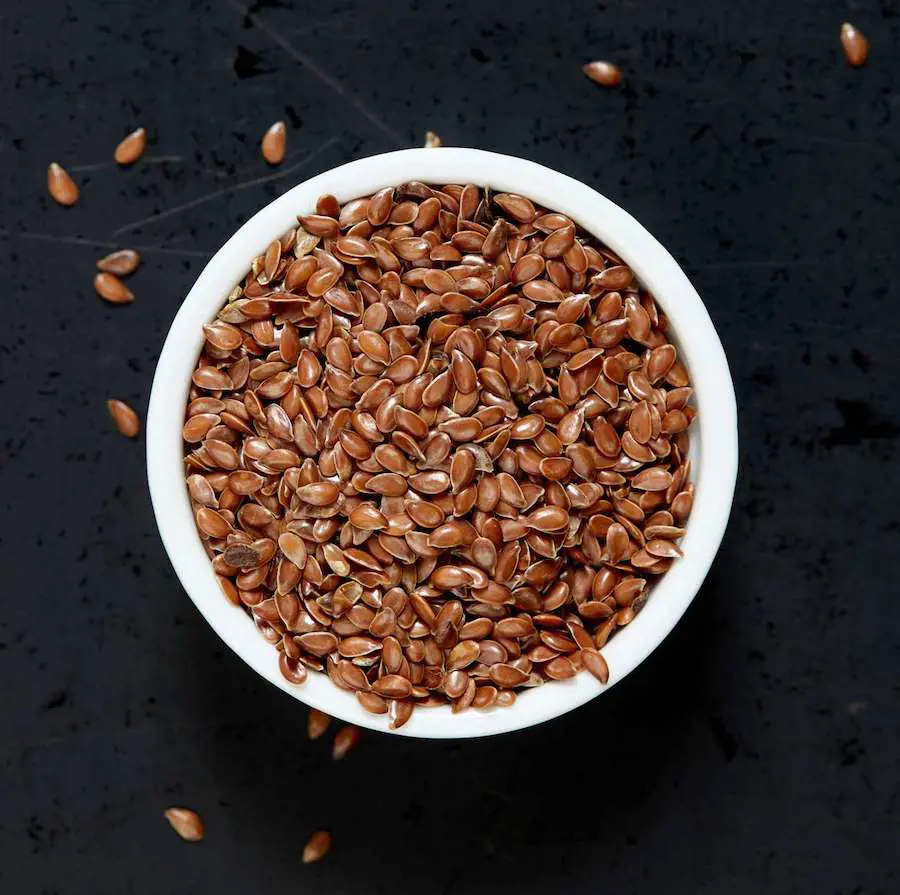
Flaxseeds are one of the most commonly consumed seeds for their health benefits. In addition to the essential nutrients, these are also good sources of phytoestrogens. These seeds contain lignans in high amounts, which mimic the properties of estrogen hormone.
To include flaxseeds in your diet, you can add them to salads or smoothies. Alternately, you can also top your dish with flaxseeds if you like.
6. Sesame seeds
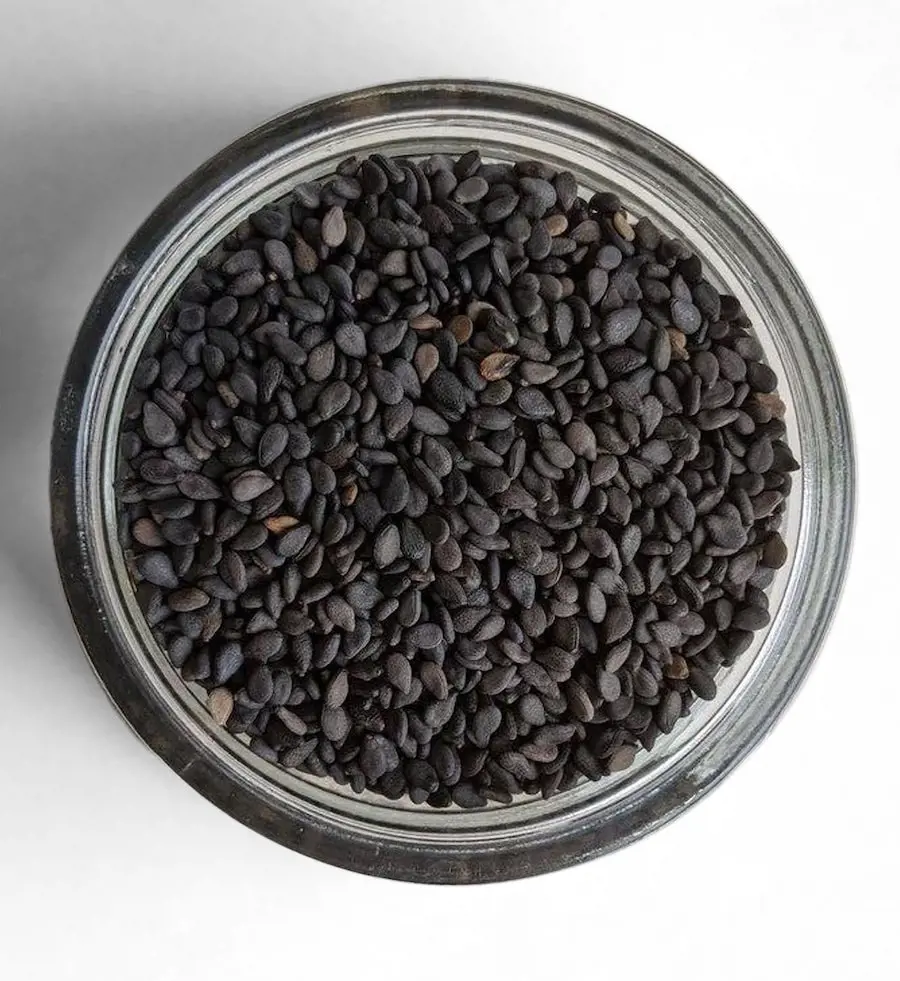
Sesame seeds are a small but mighty source of nutrients. In addition to sesame seeds, sesame oil and sesame butter also have similar nutritional properties.
The phyestrogens found in sesame seeds are classified into three main types: lignans, isoflavones, and coumestans. Lignans, such as sesamin and sesamolin, are the most predominant phytoestrogens in sesame seeds. They have been shown to possess antioxidant, anti-inflammatory, and anticancer properties.
7. Sunflower seeds

Sunflower seeds are not as popular as flaxseeds and sesame seeds, but it doesn't mean that they are any less healthy. They are a fairly good source of estrogen found in plants. You can simply have sunflower seeds as snacks or add them to your favorite breakfast bowl.
In order to enhance their flavor, try lightly toasting them over low heat. You can even store sunflower seeds in air tight jars for future consumption.
8. Lentils

Lentils are small, edible legumes that come in various colors, including brown, green, red, and black, each offering a slightly different taste and texture. Most lentils are highly nutritious and an excellent source of plant-based protein, fiber, vitamins, and minerals.
Lentils like red lentils, moong, yellow gram, split chickpeas and pigeon peas are commonly consumed lentils that have significant amounts of phytoestrogens. These are best served in the form of stews and soup during winter time.
9. Chickpeas
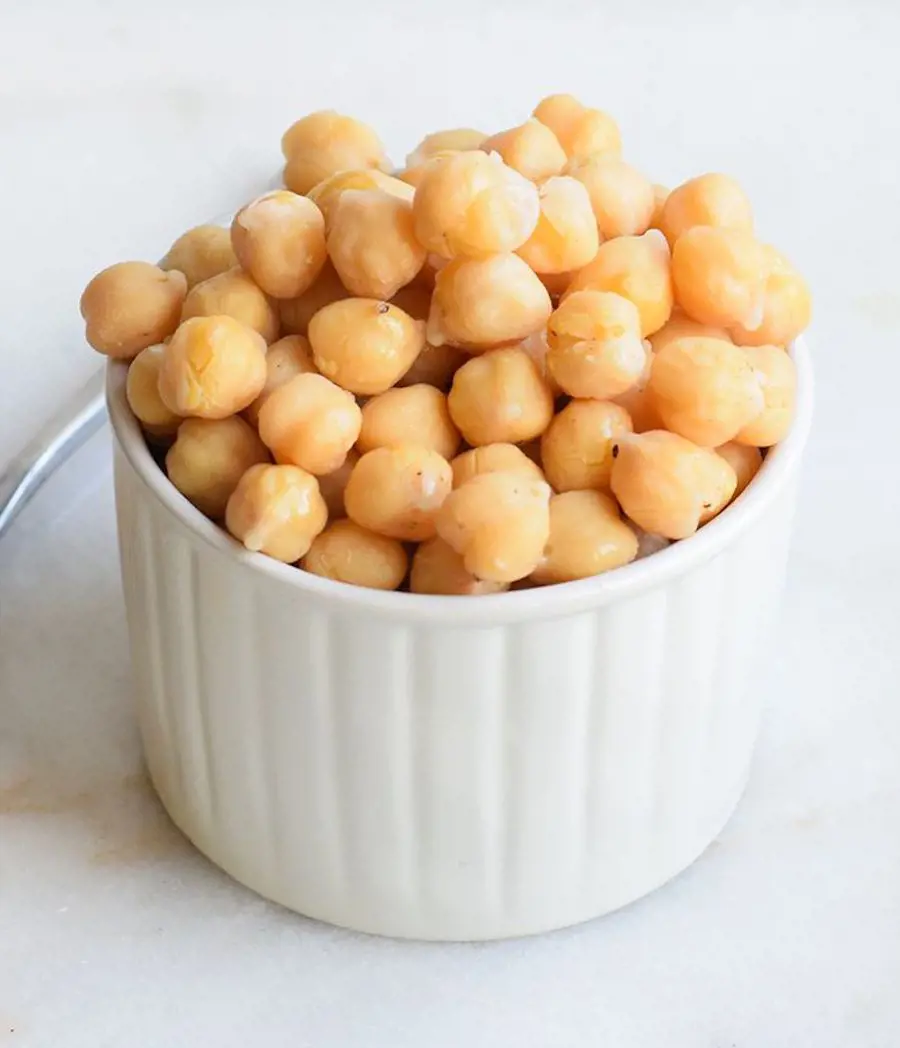
Chickpeas are small, round-shaped legumes with a nutty flavor. These are universally loved and eaten in many cuisines throughout the world for their nutrient content. The phytoestrogens found in chickpeas are isoflavones, which are also found in soybeans and other legumes.
While chickpeas are a source of phytoestrogens, it is important to note that their estrogenic activity is relatively low compared to other sources like soybeans.
10. Alfalfa sprouts
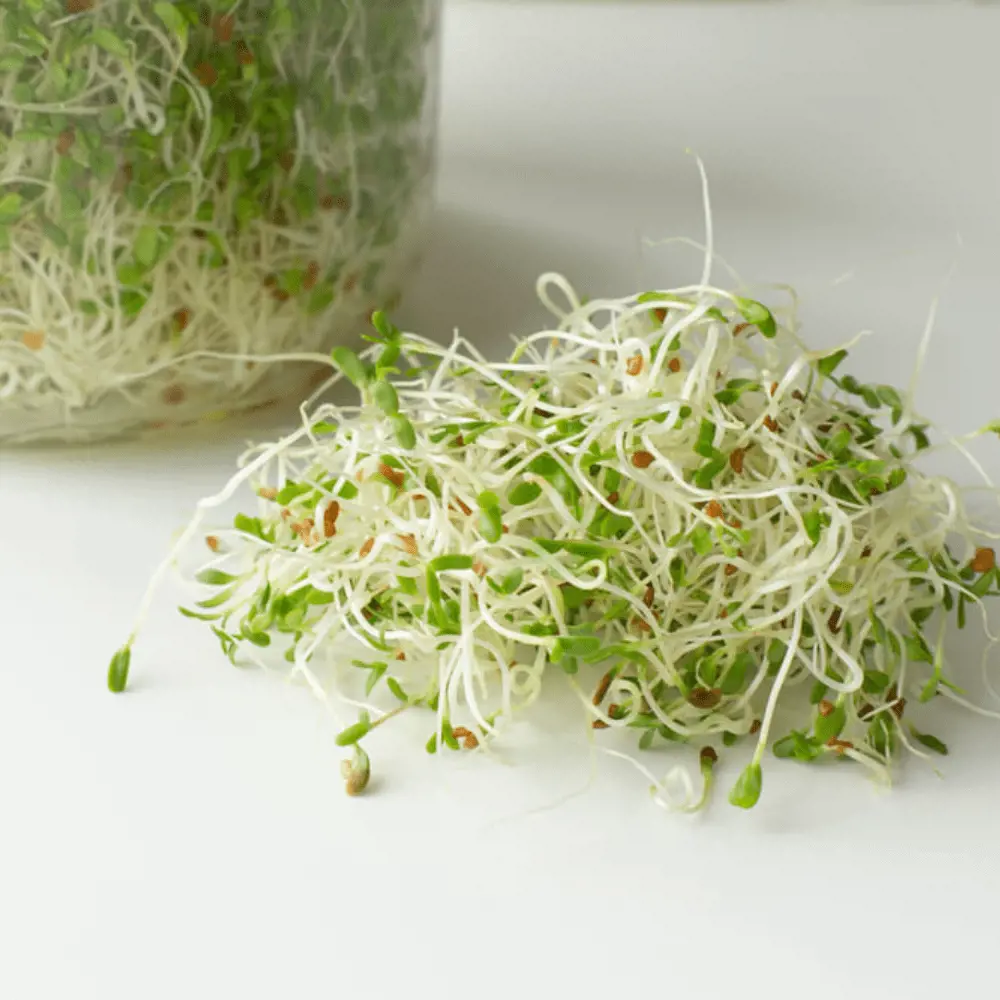
Alfalfa sprouts are small, tender shoots that are grown from the seeds of the alfalfa plant. These sprouts are commonly used in salads, sandwiches, and wraps. These are highly nutritious and packed with various vitamins and minerals like vitamin k, vitamin C and flavonoids.
The plant compounds have similar properties to estrogen found in humans. Thus, these are often consumed by women to help with their menopausal discomforts. It is important to note that while alfalfa sprouts are generally safe to consume, there have been occasional outbreaks of foodborne illnesses associated with their consumption.
11. Mung beans

Mung beans are a green legume native to India and widely cultivated in Asia. These nutrient-packed beans have been consumed for thousands of years and are a staple in many Asian cuisines. In addition to being a source of plant-based protein, these are also rich in dietary fiber, folate, magnesium, potassium, and phytoestrogens.
They can be prepared in a number of ways and consumed in salads, sandwiches, and stir-fries. In traditional Ayurvedic medicine, they are believed to have cooling properties that help balance the body's energy.
12. Red clover
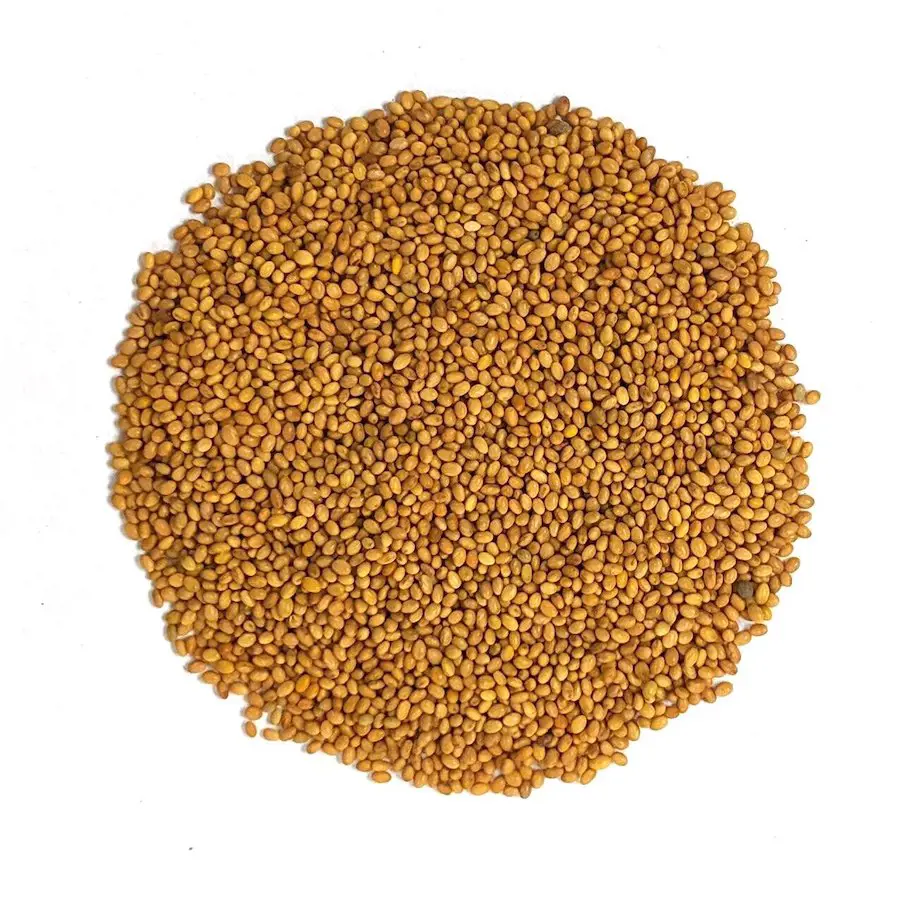
Red clover has gained recognition for its potential use as a natural source of estrogen. This contains compounds called isoflavones, specifically genistein and daidzein, which are known to mimic estrogen in the body.
Studies have shown that red clover isoflavones can help alleviate menopausal symptoms by acting as a weak form of estrogen. These isoflavones exert a mild estrogenic effect. Similarly, Red clover is also believed to have a positive impact on bone health, as estrogen plays a crucial role in maintaining bone density.
13. Hummus
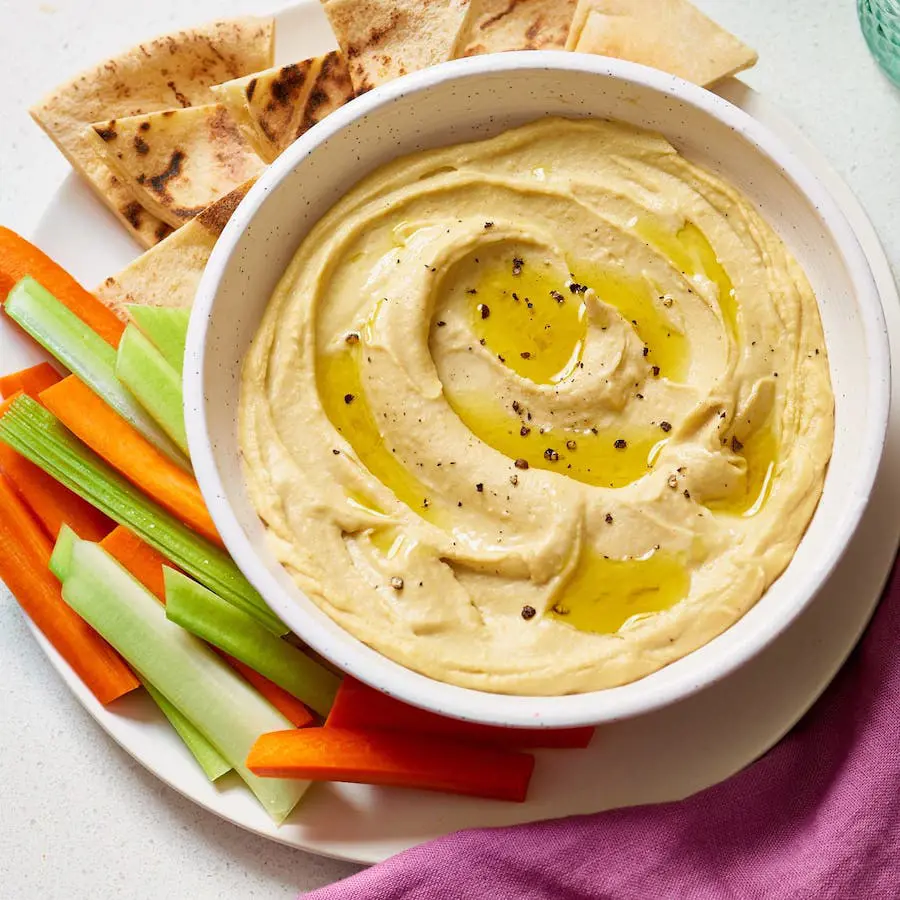
Hummus is not a significant source of estrogen; however, since it is universally consumed, it is an important source of the plant-based compound. It is made from a blend of cooked chickpeas, tahini (ground sesame seeds), lemon juice, garlic, and olive oil.
The level of phytoestrogen is relatively low compared to other sources; therefore, consuming hummus as part of a varied diet is unlikely to have a significant impact on estrogen levels. Instead, add this along with other sources to make a balanced diet.
14. Black beans
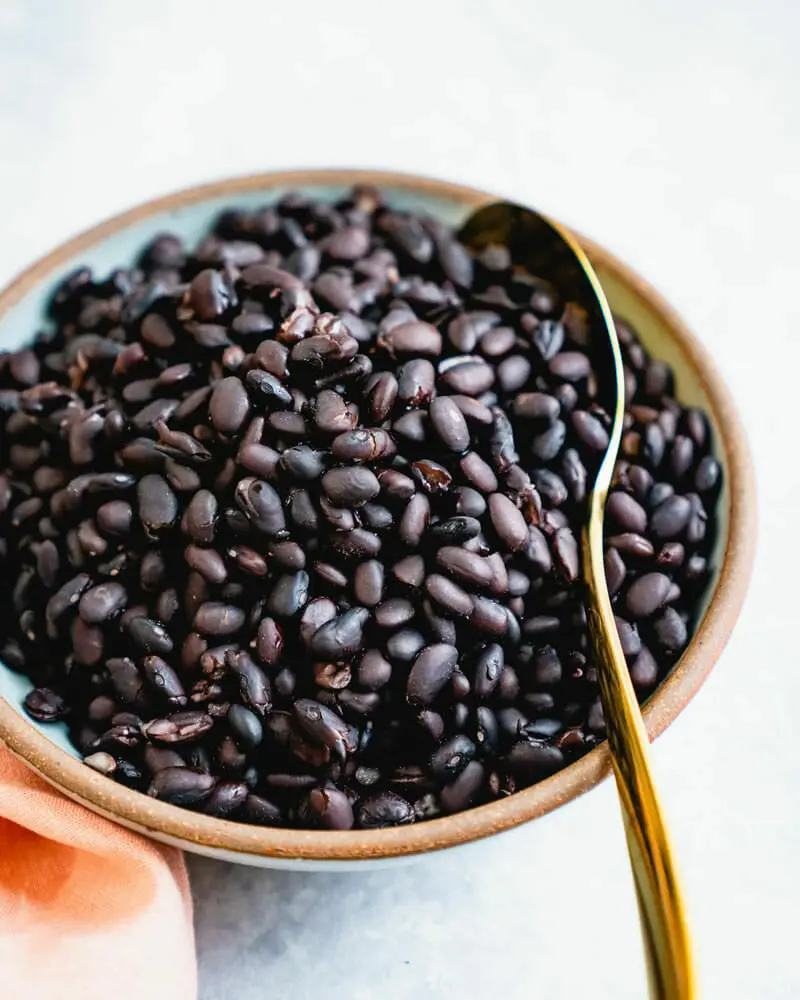
Black beans is a popular ingredient in Latin American cuisine. The concentration of nutrients and the availability of these beans have recently made this a popular option among individuals following a plant-based diet.
If you're looking to alleviate symptoms caused by estrogen deficiency, adding black beans to your diet could be an efficient solution. Blac beans has fairly high phytoestrogen content within the legume family.
15. Pistachios
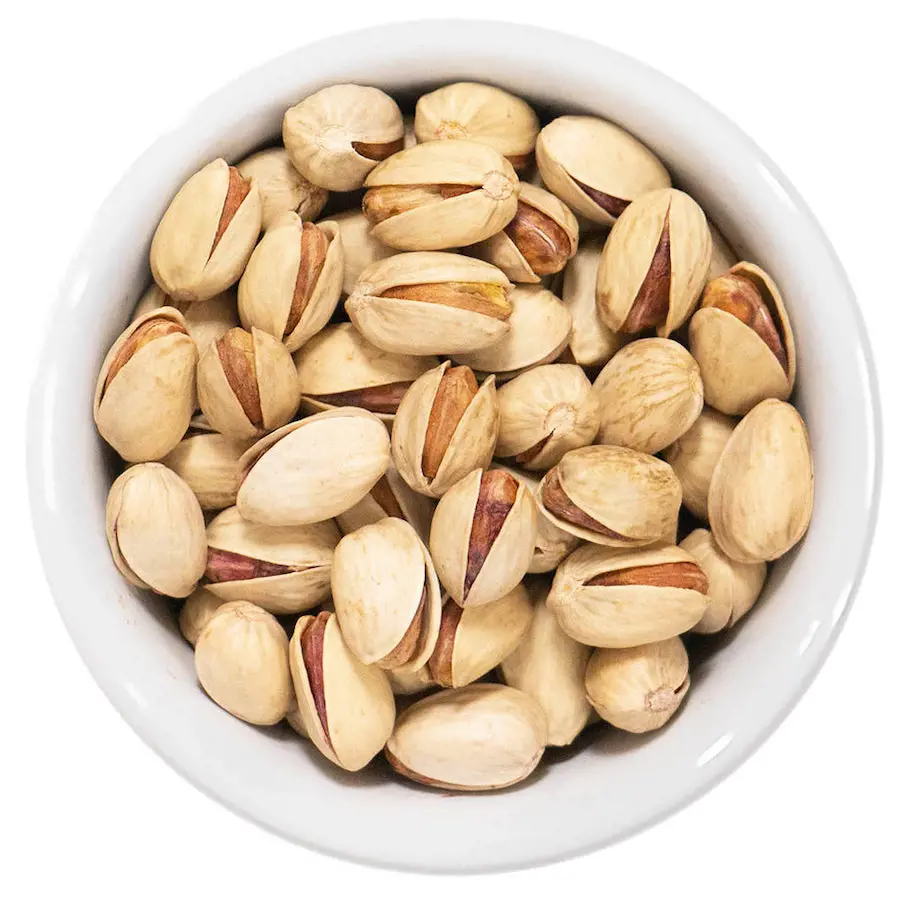
In addition to seeds and legumes, nuts are also a good source of phytoestrogens. Even though the concentration of these compounds is significant, the estrogenic effects of pistachios are relatively mild compared to the estrogen produced naturally by the body.
Therefore, consuming pistachios as part of a balanced diet is unlikely to result in visible effects. However, if you're on hormone therapy or are taking estrogen hormone, it is advisable to include this in your diet.
16. Peanuts
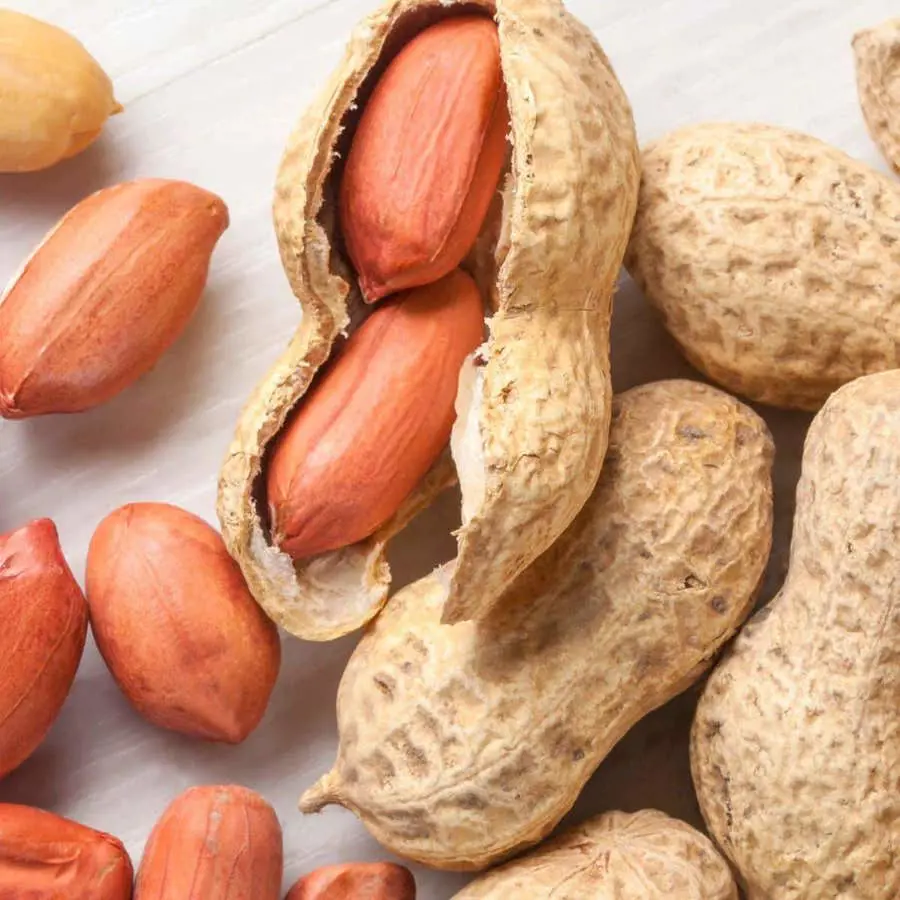
Peanuts, despite their name, actually fall into the legume family. These are not a direct source of estrogen but they do contain plant-based compounds that can mimic the effects of estrogen in the body.
The most common source of peanuts is the pods themselves, but there are other sources like peanut butter and peanut snacks that also provide the nutrition of the plant. Peanuts are often versatile and can be added to many dishes for an additional crunchy and nutty flavor.
17. Dried apricots
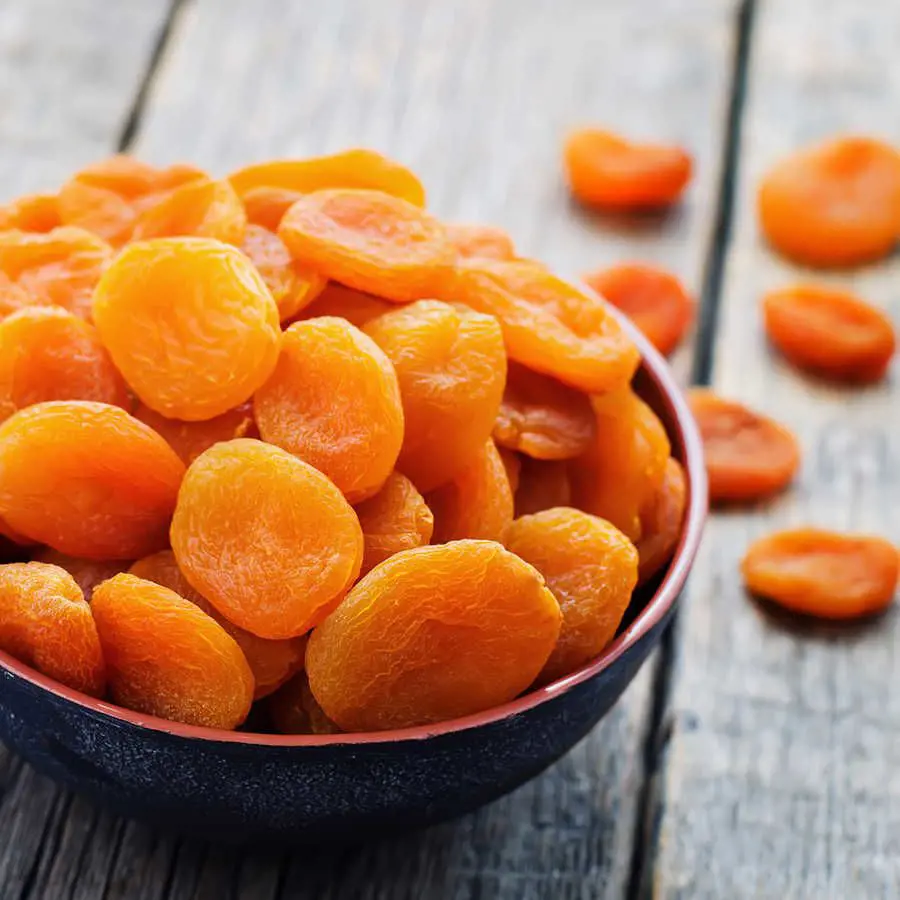
Dried apricots are among the most consumed dried fruits in the US. These apricots are made by removing the moisture from fresh apricots through a drying process, resulting in a concentrated fruit with a longer shelf life. The sweet and tangy flavor of the food is what makes it a good snack.
In addition to the flavor, dried apricots also have significant nutritional value. They are packed with essential vitamins and minerals, including vitamin A, vitamin C, potassium, and dietary fiber. They contribute to a healthy immune system, improved digestion, and overall well-being.
18. Red Wine

Red Wine is rich in phytoestrogen called resveratrol. Studies have indicated that this compound reduces cholesterol in blood, which subsequently reduces the chances of heart attack.
Similarly, these compounds are also known to reduce the risk of cancerous cell formation in menopausal women. So, ladies, stock up on your red wine but consume it in moderation to avoid any negative side effects.
19. Garlic
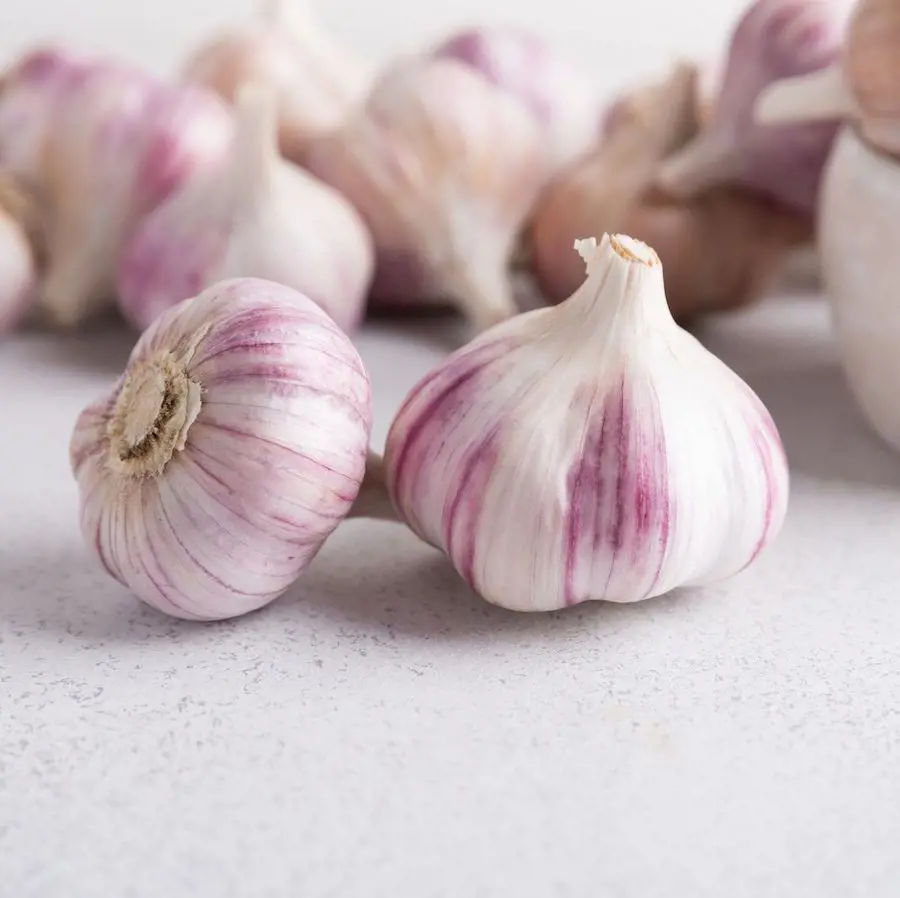
Regular consumption of garlic in diet can reduce risks of heart-related diseases in both women and men. It reduces blood cholesterol and blood pressure and prevents the formation of clots.
Garlic also increases the concentration of estrogen in the body, with a direct effect on the prevention of age-related bone loss. However, the studies are not sufficient, and further research is required on this subject.
20. Peaches

With every two servings of peaches a week, the risk of breast cancer in women goes significantly down. The high lignan content in peaches is responsible for this health-beneficial effect.
Similar effects were observed with consumption of blackberries, blueberries and strawberries.
Recent posts
Healthy Eating
Healthy Eating
Delicious One-Pot Hamburger Soups the Whole Family Will Love
Hamburger soup is a warm and comforting option that might just be the perfect solution to the perennial question, "What's for dinner?" Whether faced with a cold, chilly day or simply seeking a quick and easy meal, this hearty soup is an excellent cho...
Healthy Eating
Easy To Make Daniel Fast Menu Ideas
The Daniel Fast is a Biblically inspired partial fast that essentially mirrors a vegan diet, excluding added sugars, refined carbs, caffeine, and alcohol. While it may seem restrictive, the inclusion of numerous flavorful, make-ahead dishes can signi...
Healthy Eating
20 Iodine Rich Foods To Include In Your Diet
Iodine is a trace mineral not made in our body and thus must be obtained via food or supplements. It is an important element that is required for the proper working of the thyroid glands. In the US, the daily iodine requirement is met via food or sup...
Healthy Eating
How To Make Chicken Soup
A good chicken soup has multiple purposes. Whether you’re just craving some comfort food or feeling under the weather, chicken soup will swiftly come to your rescue. Luckily, it doesn’t take much to make a good chicken soup. All you need ...
Healthy Eating
Are Mashed Potatoes Healthy? Calories And Nutrition Facts
A timeless comfy food calls for mashed potatoes. It can be consumed at any time of the day. Mainly, eating this rich staple during breakfast or lunch serves as a great source of energy. And the whole day can go without feeling like eating anything. I...
Healthy Eating
How To Make Breakfast Smoothie That Is Healthy And Delicious
Start your day with a nutritious and delicious breakfast smoothie. This versatile drink packs a powerful punch of protein, fiber, healthy fats, vitamins, and minerals to fuel your morning. Easy to make and customizable to your taste, this smoot...


